My Famous UFO Ordeal 40 Years Ago
Article by Dean Wilkins November 27, 2020 (thesun.co.uk)
• In the early morning hours of November 29, 1980, Police Constable Alan Godfrey (pictured above) was out patrolling the Pennines hills, near the town of Todmorden, West Yorkshire, England, in the pouring rain following reports that a herd of cows was on the loose. By 5am, Godfrey headed into Todmorden town centre for one last sweep before clocking off. As he drove past his police station, something caught his eye several hundred yards up the road.
• “I thought it was a bus at first,” said Godfrey, then a 33-year-old policeman with two commendations to his name. “[B]ut I remembered I’d already passed the early morning (bus) service, and as I got nearer it very clearly looked nothing like a bus. It was completely blocking the main road. A huge metal object hanging in the air about five feet off the ground …diamond shaped, about 20ft wide and 14ft high with what appeared to be dark paneling across the upper top third. [M]y headlights were shining off the side (of the object) and if I’d gotten out of the car and thrown a brick at it, it would’ve gone ‘bang’. The whole bottom half (of the object) was spinning in an anti-clockwise direction, which was kicking up leaves and dirt beneath it. I just sat there in awe, staring at it.”
• Godfrey continued, “Next, my training and five years on the force kicked in. I put my blue flashing lights on, flipped on the hazards and attempted to radio the control room.” But both Godfrey’s personal and in-car radio sets could not establish contact. So he pulled out a sketchpad and pencil, a common practice for officers used to responding to traffic collisions at the time. Suddenly, a brilliant white light flashed, blinding him in an instant.
• When the blinding flash gradually subsided, Godfrey realized he was inexplicably driving about 100 yards further up the road as the mysterious object vanished in his rear view mirror. “There was a strange tickly electric feeling about the place. I turned around and went back to the spot (where) the object was hovering. The road surface beneath it was bone dry – everything else was glistening from the earlier downpour. In the dry patch, leaves, twigs and small branches lay in a swirled pattern. It was very peculiar.”
• Terrified and shocked, Godfrey rushed back to the station to report the incident. It became an in-joke at the police station as fellow officers made sniggering remarks such as ‘Captain Kirk’. One officer even made a prank report to the local newspaper reporter who rang up to check if any serious incidents had been reported.
• During his next shift, Godfrey was called in to see his inspector who remarkably revealed three officers from the Halifax division had also reported seeing strange “steel blue lights” at 4.49am. It turned out, however, that this incident had occurred several days prior to Godfrey’s encounter. “But I was just so relieved that I wasn’t the only bobby to report strange sightings on the tops – I wasn’t going mad on my own,” said Godfrey. “I was delighted to have corroboration and thought ‘no more p***-taking from that lot’.”
• Soon thereafter, Godfrey tracked down another witness, Leonard Smith, a former policeman who also reported seeing a “large sphere object rise into the sky”. In 2014, Bob Coates, a bus driver who passed the same spot as Godfrey at 4.55am on the same night, shared a similar story of leaves and twigs circling in a “whirlwind”. Godfrey’s superiors gave him the green light to do an interview with the local reporter which appeared in the Hebden Bridge Times on December 5, 1980.
• The newspaper account was picked up by one of the UK’s top UFO researchers, Jenny Randles, who immediately launched an investigation. In an article she wrote for a UFO magazine, Randles unwittingly linked the incident to the mysterious murder of Zygmund Adamski – which Godfrey had helped investigate months earlier.
• Adamski was a 56-year-old miner who had gone missing five months earlier. His body was found by Godfrey on top of a 15ft-high coal pile in Todmorden. In his police report, Godfrey described the expression of “fear and pain” on Adamski’s face as well as weeping burns on the back of his head, neck and shoulders that had been treated with a peculiar ointment. Adamski’s hair had been messily cut short. He was wearing a jacket but no shirt. And there was no sign of coal dirt or dust on his hands, face or front – leading investigators to believe his body had been dumped there. Despite exhaustive police investigations and medical tests, Adamski’s death was never explained and the strange liquid never identified.
• In the wake of Ms Randles’s article, Godfrey’s encounter appeared on the front page of the Sunday Mirror and became worldwide news. Godfrey found himself on TV chat shows, documentaries and radio programs, and giving interviews to dozens of media outlets. Godfrey was encouraged to undertake hypnotic regression to piece together the moments after the burst of white light.
• Professor Robert Blair and Dr. Joseph Jaffee were both experts in the field of hypnosis, and treated Godfrey on three occasions, two of which were filmed. Under hypnosis, Godfrey revealed, “I just started shouting ‘Jesus the light… the light’. I’d been blinded.” He recounted being “floated” inside the object where he met a group of child-sized, large-headed ‘creatures’ working alongside the bearded ‘human’,” whom Godfrey described as “Biblical”.
• Later, Godfrey was so astonished at the hypnosis recordings that he couldn’t bring himself to accept them as real. “I have absolutely no idea what I was saying, if they are true, if they are a fabricated memory, or if they are a collection of stories all muddled together as a result of hypnosis.”
• Since first investigating UFOs in the 1970s, Jenny Randles has tried to find a ‘middle ground’ theory that explains the UFO phenomenon without resorting to extraterrestrials. “Anyone who investigates UFO experiences and accounts thoroughly will know that there are too many genuine cases from very sincere and honest people like Alan, a distinguished policeman and father, for it to all be made up.” The recent use of the term ‘unidentified aerial phenomena’ (UAPs) instead of UFOs is a way of “disassociating actual scientific research from the little green men and flying saucers stigma attached to UFOs.”
• The UK’s Condign Report, released in 2006, confirmed “unquestionable atmospheric events occur that are not yet fully understood by modern science.” “We need to properly study if natural phenomena in the ground can push waves of energy into the atmosphere, which then creates physical phenomena that can be seen and can be felt,” added Randles. “And, that also creates energy that can stall car engines, interfere with radio transmissions and potentially triggers physiological actions in those that get too close to it. People could suffer a terrifying experience, which is in an altered state of consciousness, where (they are) perceiving what they’re really seeing but also having a stimulated hallucination that is packed onto the top of that.”
• Hundreds of sightings have been recorded in Todmorden and the surrounding Pennines hills or ‘tops’. Randles claims that Todmorden is an example of a “window area” where concentrated forces trigger the perception of ‘lights’ and ‘alien contacts’. Todmorden has had more UFO sightings than any other part of the UK.
• Neuro-scientist Dr. Michael Persinger created an electromagnetic helmet – dubbed the ‘God machine’ – which measures the effects that pulses of energy, magnetism and electricity can have on humans. Of the 900 people he tested in the 1990s, religious people found themselves interacting with the Virgin Mary, the Prophet Mohammed and Jesus. Non-religious people had what they described as an ‘out-of-body experience’ comparable with alien abductions. This would explain Godfrey’s recall under hypnosis.
• Professor Sue Blackmore, who explored alien abduction accounts for the BBC’s Horizon show in 1994, and underwent Dr. Persinger’s ‘God machine’ test for her research, said that very few people make up their experiences and that Godfrey’s account “is to be believed”. But Blackmore also noted that Godfrey was on a late night shift with the police department. “[I]f you’re doing shift work you’re much more likely to suffer sleep paralysis.” Blackmore suggests that Godfrey “dropped into this microsleep and probably one or two seconds later, the car (has) moved on and the memory that’s created feels more real than what’s created during ‘normal’ life.” “[P]eople who dismiss these experiences don’t take into account how absolutely real it seems.”
• The incredible story which made headlines around the world earned the small market town of Todmorden the title of Britain’s UFO hotspot. “I have never claimed that I was abducted,” Godfrey, now 73, told Sun Online from his home in Todmorden. “But everything up until the bright white light and afterwards, when I was on the other side, I’ll believe it until the end.”

SCRAMBLING for a pen and paper, PC Alan Godfrey desperately tried to sketch out the vast, hulking vessel that loomed in front of him – until he was suddenly engulfed by a dazzling white light.
When he came to, the young policeman found himself 100 yards down the Yorkshire country lane in his patrol car as the mysterious object vanished in his rear view mirror.
The incredible story, which made headlines around the world 40 years ago, earned the small market town of Todmorden the title of Britain’s UFO hotspot and continues to obsess investigators to this day.
“I have never claimed that I was abducted,” PC Godfrey, now 73, tells Sun Online from his home in Todmorden.
“But everything up until the bright white light and afterwards, when I was on the other side, I’ll believe it until the end.”

Here, we step inside the bizarre saga of the UK’s most famous UFO case and talk to some of the world’s leading investigators about what really might have happened that fateful day.
From ‘marauding cows’ to UFO horror
During the early hours of November 29, 1980, PC Godfrey was out patrolling the Pennines in the pouring rain following reports that a herd of cows was on the loose.
By 5am, with no sight of the marauding group, PC Godfrey headed into Todmorden town centre for one last sweep before clocking off.
He passed a bus shuttling morning workers, saw no sign of trouble and decided to go for one last look for “those bloody cows”.

PC Godfrey passed another bobby on foot patrol, who declined his offer of a lift.
“How I wish he would’ve said yes, it would’ve been priceless to have another officer witness what was about to happen,” he says.

He then drove past his police station and was about to turn right on to the estate when something caught his eye several hundred yards up the road.
“If only I’d had a mobile phone on me at the time so I could record what I saw, it would’ve been a lot easier than 40 years of trying to explain it,” recalls PC Godfrey.
“I thought it was a bus at first, but I remembered I’d already passed the early morning service, and as I got nearer it very clearly looked nothing like a bus.
“It was completely blocking the main road. A huge metal object hanging in the air about five feet off the ground.
“It was diamond shaped, about 20ft wide and 14ft high with what appeared to be dark paneling across the upper top third – my headlights were shining off the side and if I’d gotten out of the car and thrown a brick at it, it would’ve gone ‘bang’.
“The whole bottom half was spinning in an anti-clockwise direction, which was kicking up leaves and dirt beneath it.
“I just sat there in awe, staring at it.
FAIR USE NOTICE: This page contains copyrighted material the use of which has not been specifically authorized by the copyright owner. ExoNews.org distributes this material for the purpose of news reporting, educational research, comment and criticism, constituting Fair Use under 17 U.S.C § 107. Please contact the Editor at ExoNews with any copyright issue.
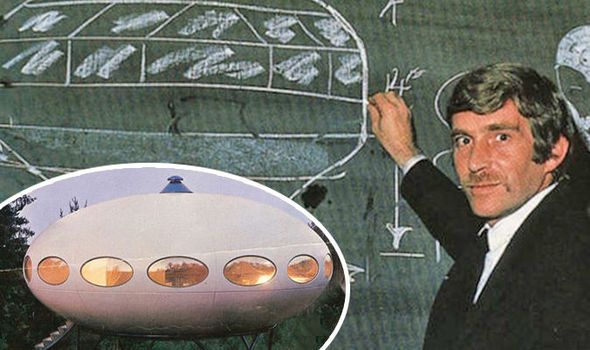

 November 10 marked the 245th anniversary of the United States Marine Corps – which back in 1775 was known as the
November 10 marked the 245th anniversary of the United States Marine Corps – which back in 1775 was known as the  Continental Marines. At the time, it consisted of two battalions with one Colonel, two lieutenant-colonels, two majors and other officers. Following the American Revolution, the Continental Marines, as part of the Continental Navy, was disestablished – but was reestablished in July 1798 under President John Adams.
Continental Marines. At the time, it consisted of two battalions with one Colonel, two lieutenant-colonels, two majors and other officers. Following the American Revolution, the Continental Marines, as part of the Continental Navy, was disestablished – but was reestablished in July 1798 under President John Adams.






 Prof. Haim Eshed served from 1981 to 2010 as the head of Israel’s security space program and over the
Prof. Haim Eshed served from 1981 to 2010 as the head of Israel’s security space program and over the

 soon enough began Earth’s acceptance into the more evolved planets of our galaxy, Prof. Eshed’s teachings are familiar, even trite, with one important proviso: we know Cochrane is a fictional character (born in 2013 or 2030, Star Trek is not a very organized universe). Eshed may not be distinguishing so good between reality and fiction.
soon enough began Earth’s acceptance into the more evolved planets of our galaxy, Prof. Eshed’s teachings are familiar, even trite, with one important proviso: we know Cochrane is a fictional character (born in 2013 or 2030, Star Trek is not a very organized universe). Eshed may not be distinguishing so good between reality and fiction. Eshed, 87, holds a bachelor’s degree in electronics engineering from the Technion, a master’s degree in performance research, and a doctorate in aeronautical engineering. In 1965, he served in the technological unit of the IDF Intelligence Division in research and development positions. In 1969, he was sent by the IDF Military Intelligence to study for a doctorate in aeronautical engineering in the United States. When he returned, he was appointed head of the research and development department in the Intelligence Corps. He retired with the rank of lieutenant colonel. Following his military service, he was employed as a professor at the Technion’s Space Research Institute, and in 1981 established and became the first director of the Challenge Program, a unit of the Administration for Research, Development of Weapons and Technological Infrastructure (Mapat) in the Defense Ministry, which is responsible for satellite projects. He retired from the Defense Ministry in October 2011, having commanded the launching of 20 Israeli satellites.
Eshed, 87, holds a bachelor’s degree in electronics engineering from the Technion, a master’s degree in performance research, and a doctorate in aeronautical engineering. In 1965, he served in the technological unit of the IDF Intelligence Division in research and development positions. In 1969, he was sent by the IDF Military Intelligence to study for a doctorate in aeronautical engineering in the United States. When he returned, he was appointed head of the research and development department in the Intelligence Corps. He retired with the rank of lieutenant colonel. Following his military service, he was employed as a professor at the Technion’s Space Research Institute, and in 1981 established and became the first director of the Challenge Program, a unit of the Administration for Research, Development of Weapons and Technological Infrastructure (Mapat) in the Defense Ministry, which is responsible for satellite projects. He retired from the Defense Ministry in October 2011, having commanded the launching of 20 Israeli satellites.





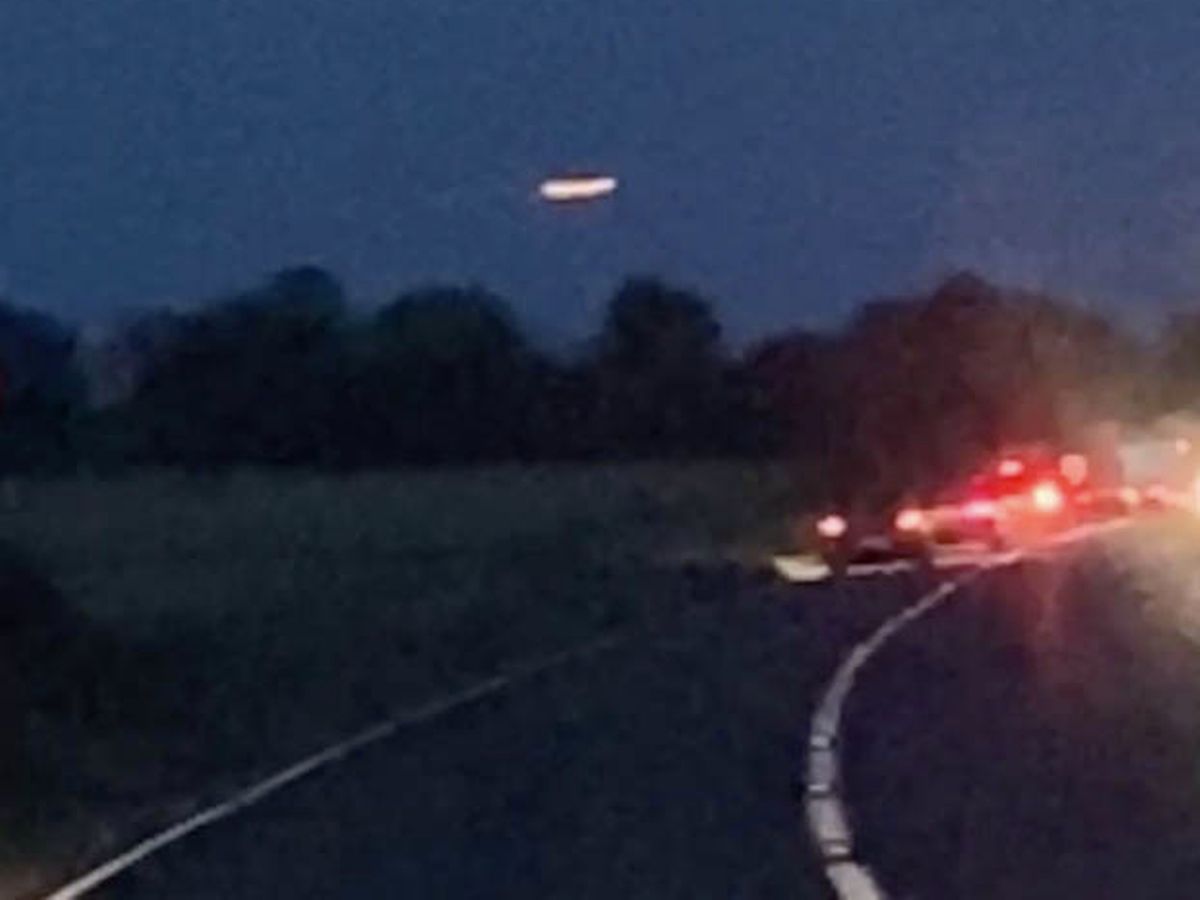






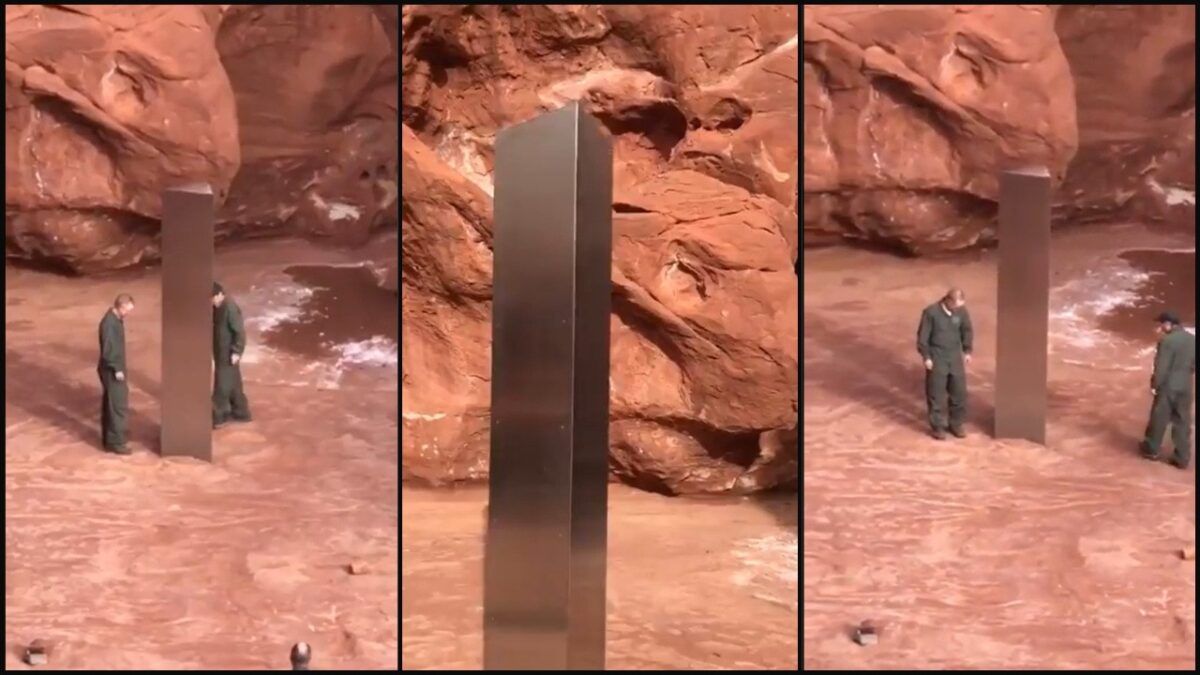


 dropped to the ground, he told KSL, but rather it looked like it had been planted.
dropped to the ground, he told KSL, but rather it looked like it had been planted.



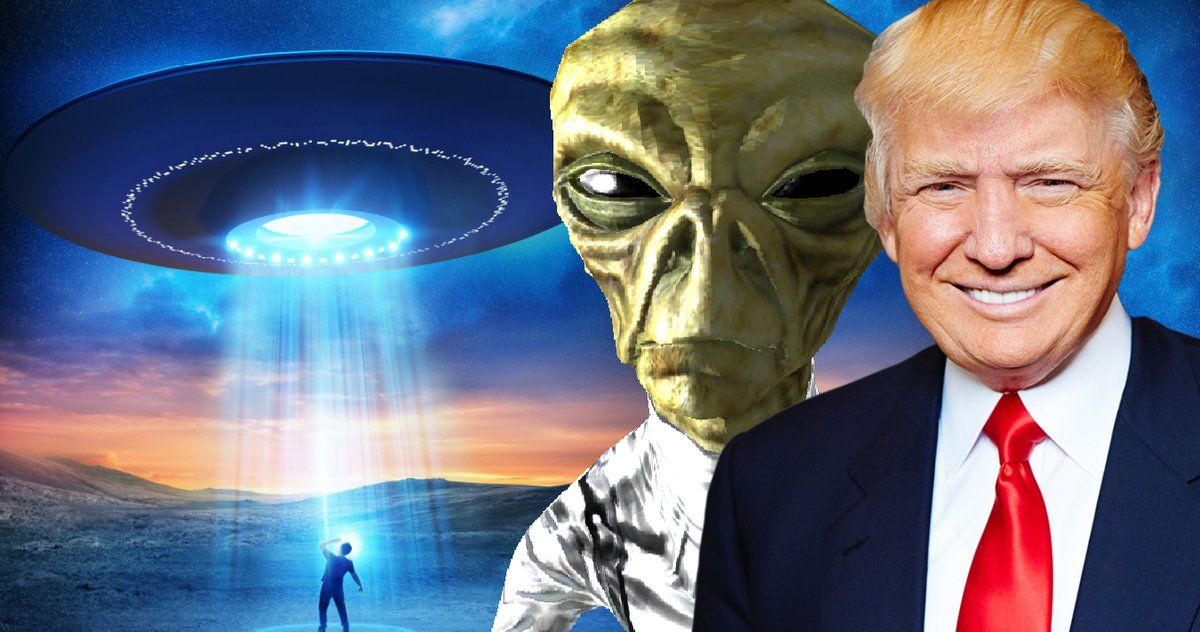
 President Donald Trump says he’ll veto the 2021 National Defense Authorization Act (NDAA), the annual bill that sets the budget and policies for the U.S. military, if lawmakers don’t remove a bipartisan amendment to rename military bases named after Confederate leaders, according to an NBC News report.
President Donald Trump says he’ll veto the 2021 National Defense Authorization Act (NDAA), the annual bill that sets the budget and policies for the U.S. military, if lawmakers don’t remove a bipartisan amendment to rename military bases named after Confederate leaders, according to an NBC News report. raises and funding for new equipment, among other items. But it also includes language that could ultimately change what the American public knows about UFOs in a significant way. A Trump veto of the NDAA may stall the momentum of a movement that has rapidly captured mainstream attention over the last two years.
raises and funding for new equipment, among other items. But it also includes language that could ultimately change what the American public knows about UFOs in a significant way. A Trump veto of the NDAA may stall the momentum of a movement that has rapidly captured mainstream attention over the last two years.


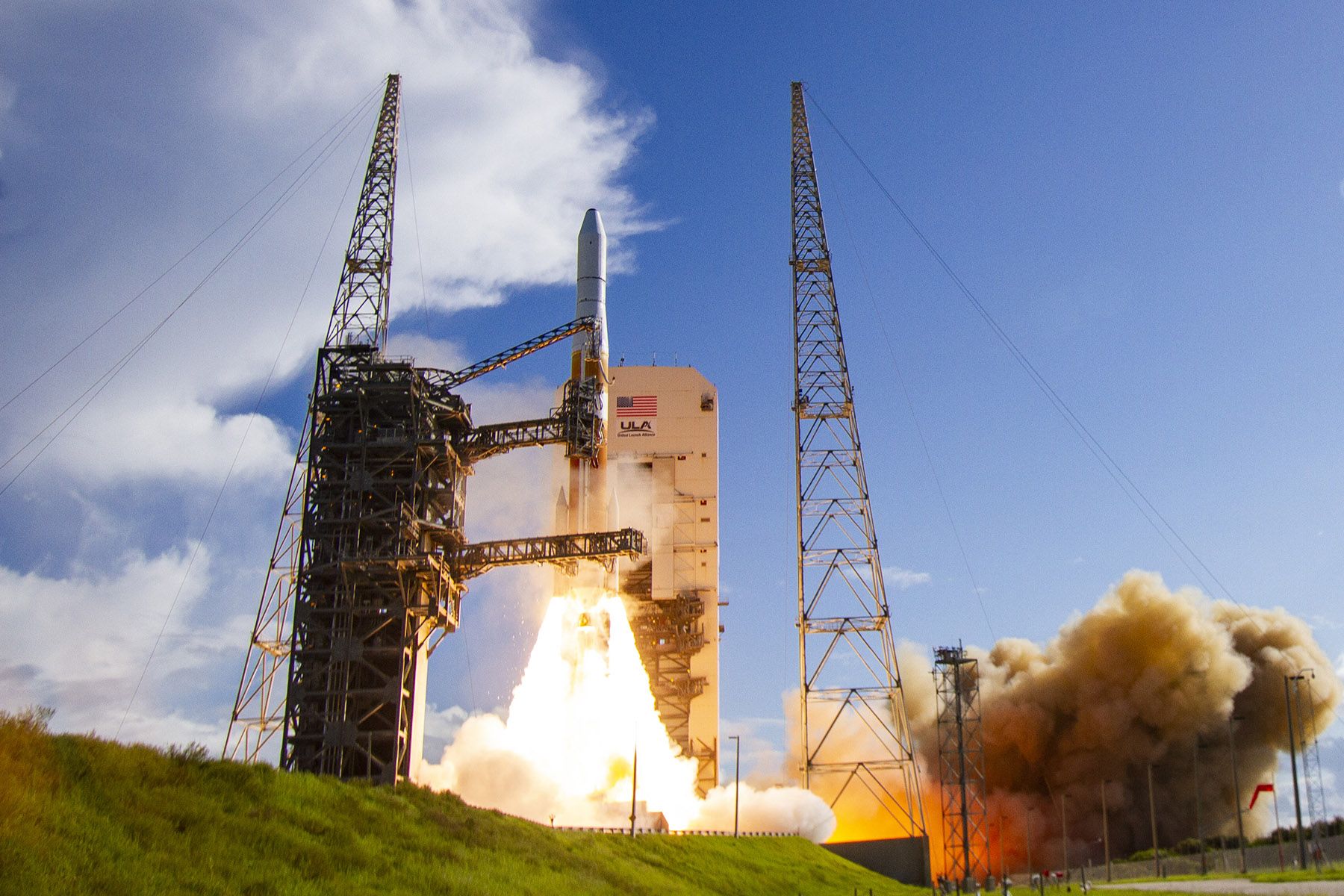
 WASHINGTON — SpaceX and United Launch Alliance were selected as U.S. national security launch providers
WASHINGTON — SpaceX and United Launch Alliance were selected as U.S. national security launch providers

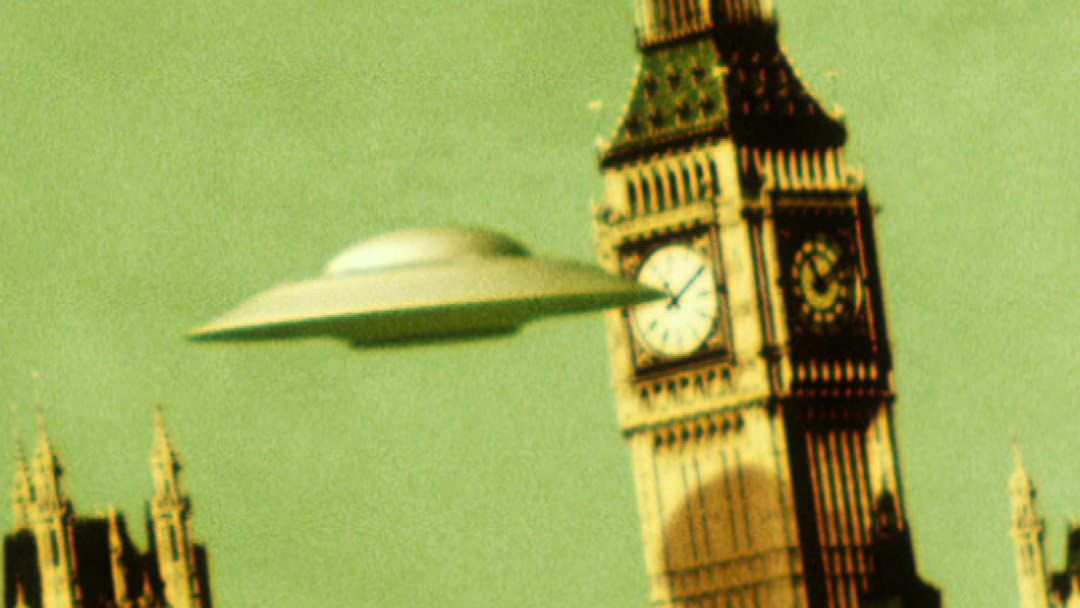



 A UFO came within seconds of colliding with a passenger jet in a terrifying close call.
A UFO came within seconds of colliding with a passenger jet in a terrifying close call. Bradford airport.
Bradford airport.

 Thursday that it will close the huge telescope at the renowned Arecibo Observatory in Puerto Rico in a blow to scientists worldwide who depend on it to search for planets, asteroids and extraterrestrial life.
Thursday that it will close the huge telescope at the renowned Arecibo Observatory in Puerto Rico in a blow to scientists worldwide who depend on it to search for planets, asteroids and extraterrestrial life. the telescope’s main steel cables snapped, leading officials to warn that the entire structure could collapse.
the telescope’s main steel cables snapped, leading officials to warn that the entire structure could collapse.

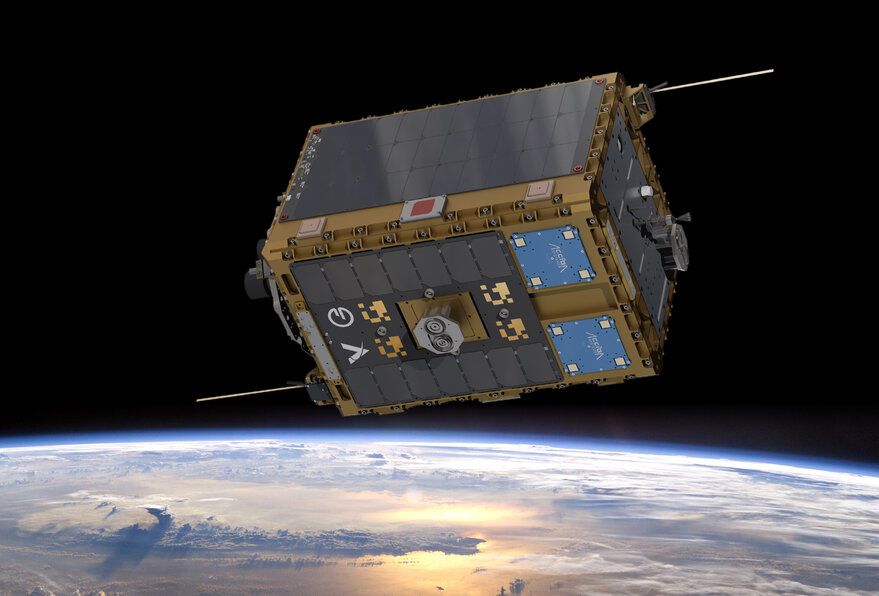

 company’s first operational fuel depot to orbit. Tanker 001 Tenzing, which will provide fuel for the fast growing in-orbit servicing industry, is expected to launch aboard a SpaceX Falcon 9 no earlier than in June 2021.
company’s first operational fuel depot to orbit. Tanker 001 Tenzing, which will provide fuel for the fast growing in-orbit servicing industry, is expected to launch aboard a SpaceX Falcon 9 no earlier than in June 2021.
 is one of several payloads to launch on a Spaceflight Sherpa orbital transfer vehicle, which is capable of executing multiple deployments. Spaceflight’s first OTV, Sherpa-FX, is scheduled to debut no earlier than December 2020 on a SpaceX rideshare mission and provides independent and detailed deployment telemetry, and flexible interfaces, all at a low cost.
is one of several payloads to launch on a Spaceflight Sherpa orbital transfer vehicle, which is capable of executing multiple deployments. Spaceflight’s first OTV, Sherpa-FX, is scheduled to debut no earlier than December 2020 on a SpaceX rideshare mission and provides independent and detailed deployment telemetry, and flexible interfaces, all at a low cost.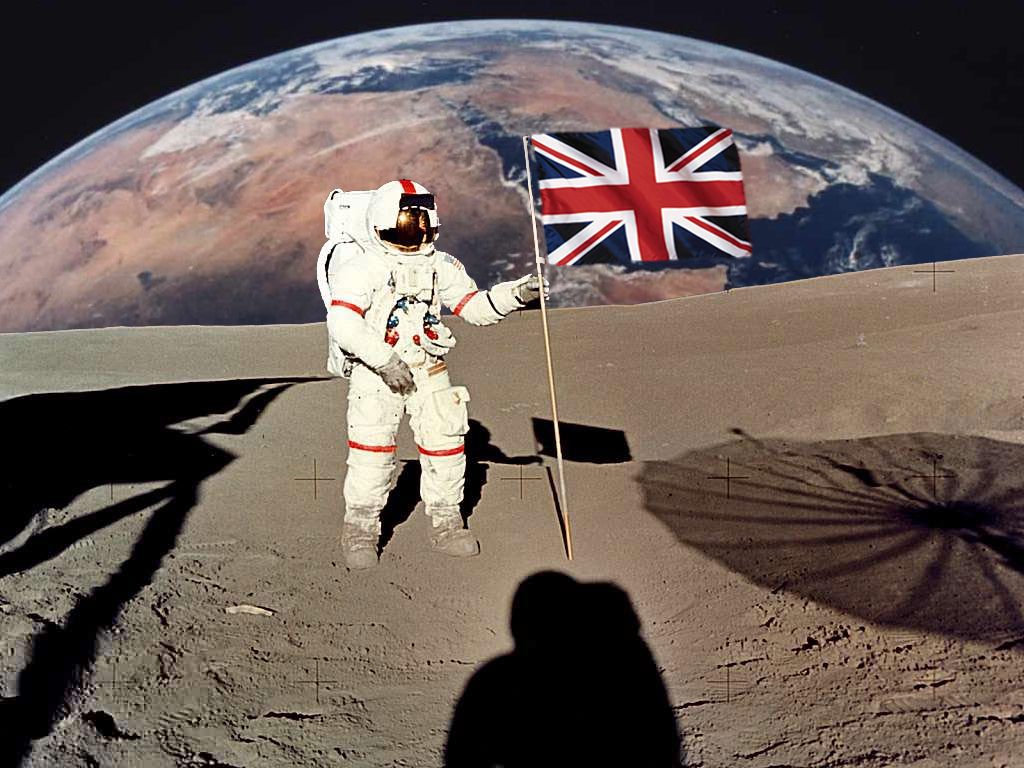












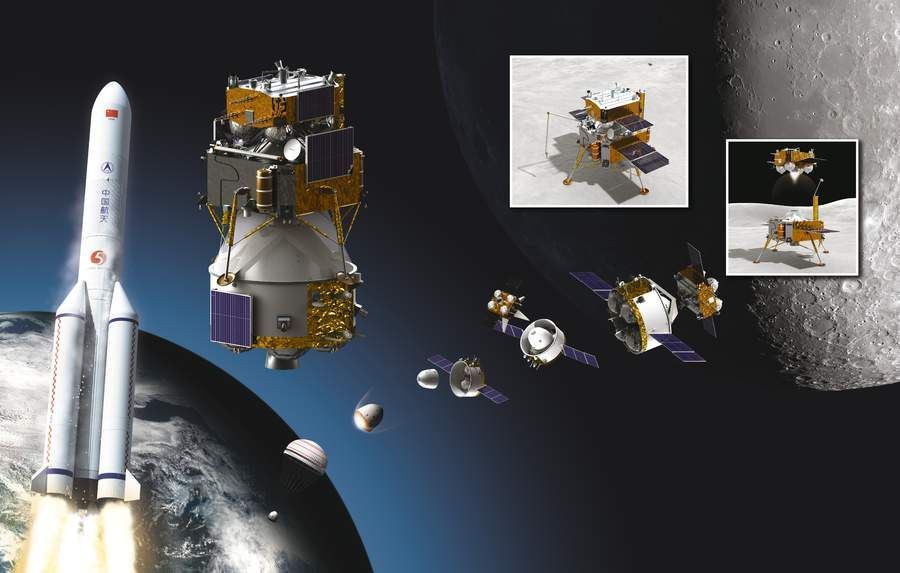

 arrive in lunar orbit around Nov. 28, then send two of its four modules — a lander and an ascent vehicle — to the lunar surface a day or so later. (Chinese officials have been characteristically vague about Chang’e 5’s details, so timeline information has been pieced together from various sources by China space watchers like Space News’ Andrew Jones, who also provides articles for Space.com.)
arrive in lunar orbit around Nov. 28, then send two of its four modules — a lander and an ascent vehicle — to the lunar surface a day or so later. (Chinese officials have been characteristically vague about Chang’e 5’s details, so timeline information has been pieced together from various sources by China space watchers like Space News’ Andrew Jones, who also provides articles for Space.com.)


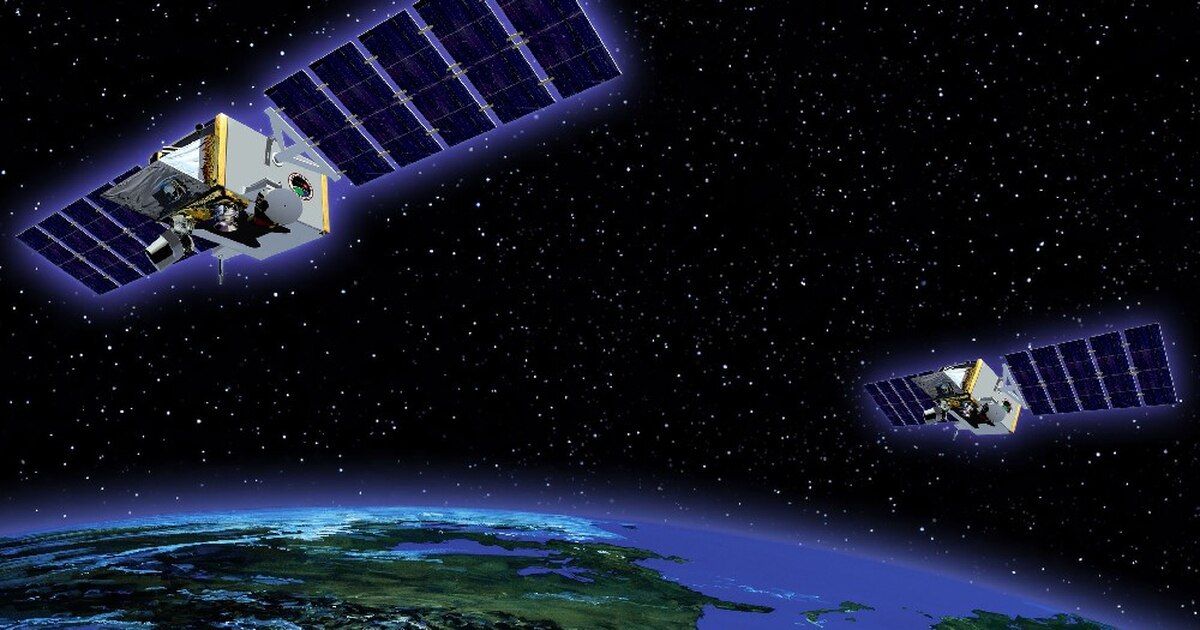




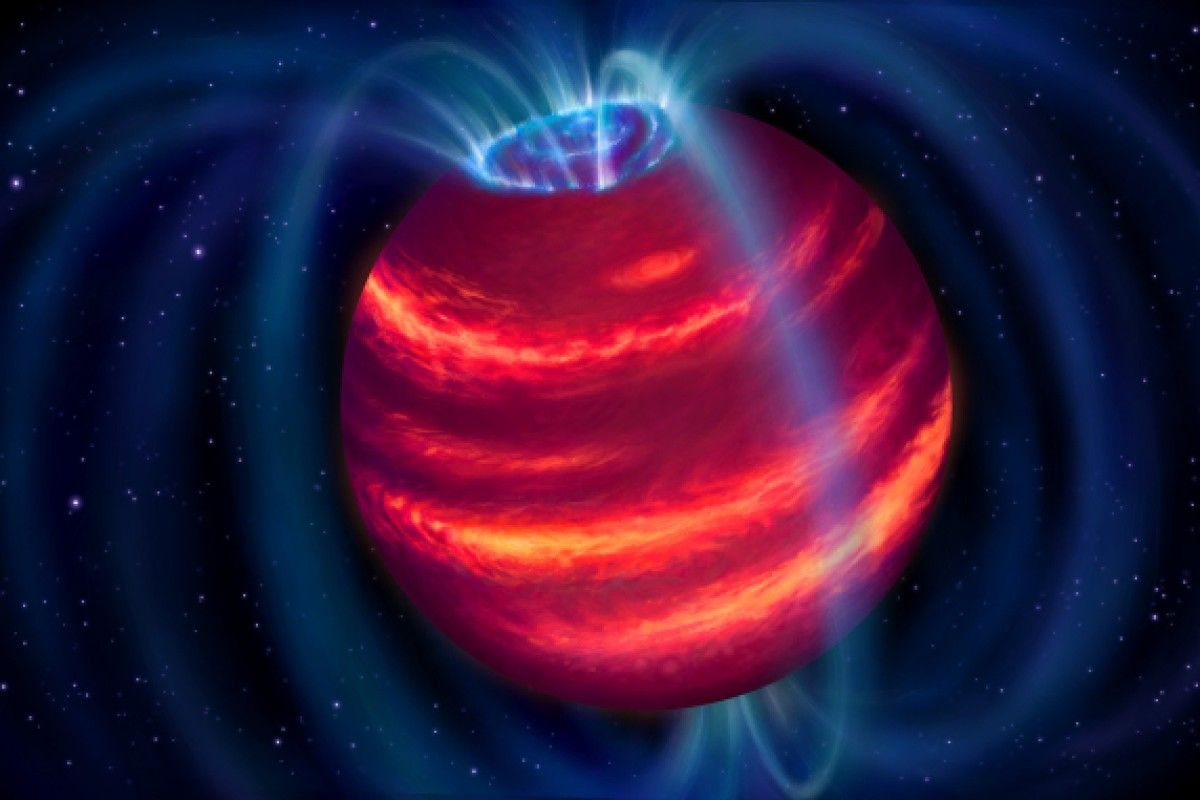
 Radioactive sludge is probably the last place you would expect to find life (except maybe the Toxic Avenger), but if you’re looking for signs of extraterrestrial life, seek out planets with radioactive elements beneath the surface.
Radioactive sludge is probably the last place you would expect to find life (except maybe the Toxic Avenger), but if you’re looking for signs of extraterrestrial life, seek out planets with radioactive elements beneath the surface.